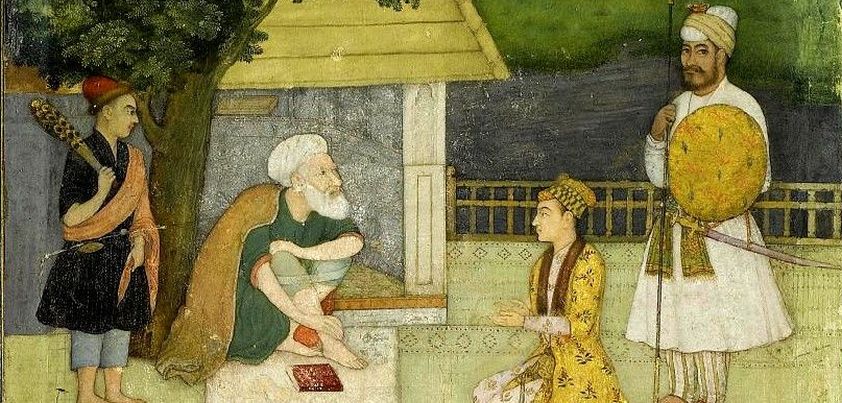 The moral of this Indian folktale appears to be that evil will always receive the punishment it deserves. We have a famed holy man who turns out to be not very holy after all, a selfish, gullible rajah who wants to keep the holy man’s talents and blessings all for himself, and an overly curious princess who disobeys her father’s order not to leave the palace grounds. We aren’t told much about the “gallant young prince of Dilaram” but he, too, must have done something wrong to be punished with the disobedient princess as a wife.
The moral of this Indian folktale appears to be that evil will always receive the punishment it deserves. We have a famed holy man who turns out to be not very holy after all, a selfish, gullible rajah who wants to keep the holy man’s talents and blessings all for himself, and an overly curious princess who disobeys her father’s order not to leave the palace grounds. We aren’t told much about the “gallant young prince of Dilaram” but he, too, must have done something wrong to be punished with the disobedient princess as a wife.
Our source for the story was the Lilac Fairy Book, one of a series of twelve collections of folk and fairy tales for children edited by Andrew Lang. This is the last book in the series, and was first published in 1910. Lang wrote that this is a Punjabi story from a Major Campbell of Ferozepur in India. Although we have classified it as Indian, it may well be Pakistani as the original Punjab region covered parts of both countries.